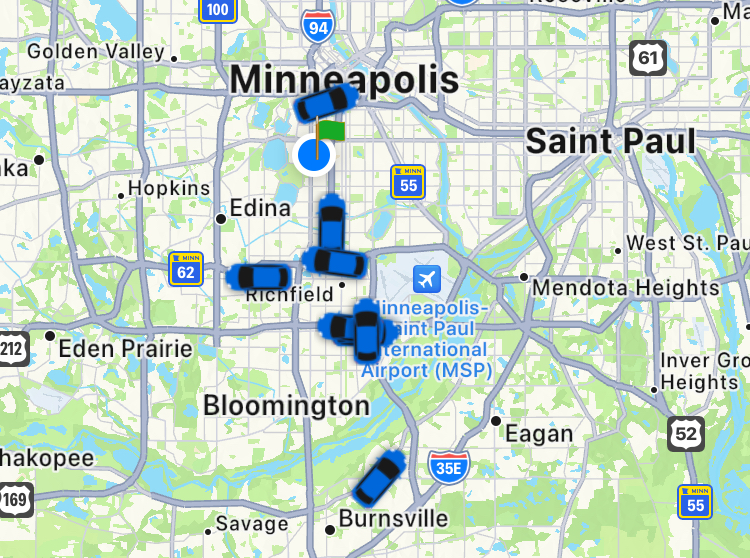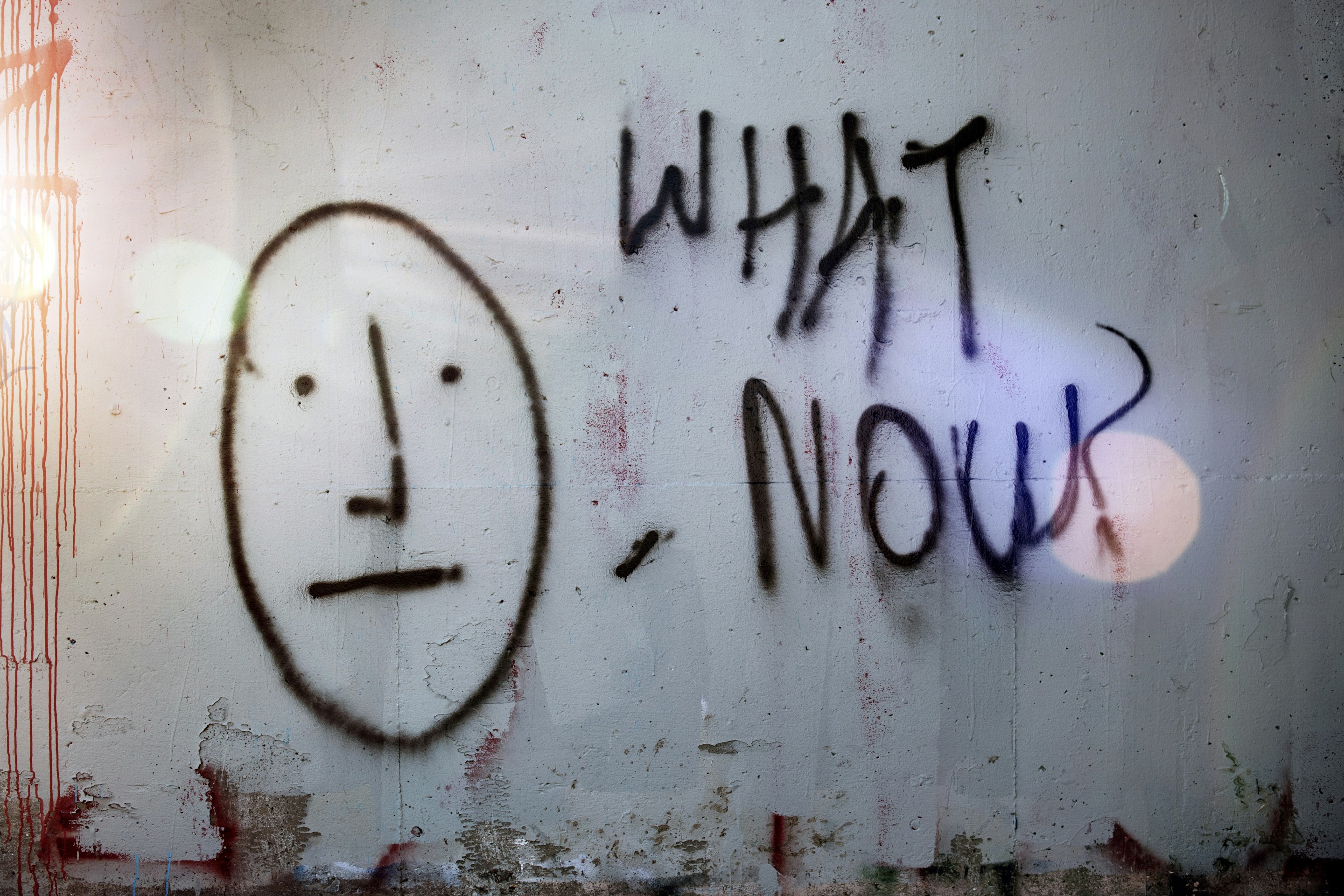The Twin Cities’ housing crisis has never been more dire, yet the agency best suited to address it faces a severe budget shortfall.
A group of local lawmakers wants the state to pony up $35 million to help the Minneapolis Public Housing Authority make badly needed repairs to its collection of nearly 700 “scattered-site” family homes, some built over a century ago. Yet this one-time allocation would take only a modest bite out of MPHA’s estimated $229 million capital backlog, which includes deferred maintenance and repairs at dozens of MPHA-owned housing developments across the city, including some dating back to the 1950s and ‘60s. Meanwhile, more than 7,000 applicants await housing through the agency.
MPHA’s city and state lobbying efforts are “all about addressing [this] capital backlog” for an aging housing portfolio that serves approximately 26,000 Minneapolis residents on any given night, says MPHA Executive Director/CEO Abdi Warsame.
The biggest landlord in Minneapolis has already made some progress to secure more funding—and political support—to shore up its aging housing stock. Most notably, MPHA last year got the city to reauthorize a dormant housing tax levy that will boost its annual capital funding by 20%. But decades of federal disinvestment have put MPHA and other U.S. public housing authorities in a deep hole that will take years to dig out from, even as the agency works to find—or build—homes for some of the thousands of applicants on its family housing waitlist.
MPHA added about 160 new units through public-private partnerships in 2023 and brought 84 new units online early this year through its scattered-site Family Housing Expansion Project (FHEP), but “we still don’t have enough units,” Warsame says. And MPHA likely won’t have the resources to build its way out of the crunch absent a sea change in state and federal housing priorities. Though Warsame says FHEP was “completed on-time and on-budget,” the project cost $47 million, or about $560,000 per unit.
“Decades of Underfunding”
It’s not yet clear if the House and Senate bills requesting the funding will pass before the state legislature wraps up its work next month. Last year’s session ended before a similar request for $45 million in state aid came up for a final vote.
If funding does come through, MPHA representatives say it’ll cover $33 million in repair projects over the next four years while overcoming “decades of underfunding from [the U.S. Department of Housing and Urban Development, or HUD] that produced the portfolio’s current deferred capital backlog.” With no additional funding, that backlog will increase to $70 million by 2034 and leave the homes “in worse condition than they are today.”
Though MPHA’s total capital backlog is nearly $230 million, a $35 million infusion would significantly improve its financial position. In 2023, the agency’s major public funding streams included about $20 million from HUD, $6.3 million in state funds to repair deeply affordable family homes, and $4 million in city and county funds to expand its Stable Homes Stable Schools program, according to an MPHA presentation.
It would be nice, of course, if public housing authorities in the richest country in the world could rely on their national government, which the Depression-era Housing Act envisioned as the main funding source for local public housing, Warsame noted in an interview with MinnPost last year. Unfortunately, “[t]he federal government did not keep the promises that they made historically to fund housing authorities,” Warsame told MinnPost. “Over the last 30 years, we’ve got roughly 10 cents for every dollar that we need to meet our capital needs.”
Speaking to Racket this month, Warsame is more diplomatic about MPHA’s relationship with the feds, stressing that Rep. Ilhan Omar and Minnesota’s two U.S. Senators have been staunch advocates for the agency and calling the Biden Administration “very good to us.” Still, he says, MPHA’s “main thing is not to over-rely on the federal government.”
Privatization—Or Smart Accounting?
The agency’s understandable caution has brought it into conflict with some public housing residents and advocates.
A few years back, MPHA weighed using the Obama-era Rental Assistance Demonstration (RAD) program to rehabilitate against redeveloping the aging Glendale Townhomes community. Glendale residents and allies decried the proposal, under which MPHA would transfer ownership to a nonprofit while continuing to manage the property, as a backdoor privatization scheme. (MPHA leadership vehemently denied this at the time and continues to push back on the idea.) As part of the RAD conversion, the community’s HUD dollars would come not from the Section 9 program—the chronically underfunded bucket for “traditional” public housing—but the more familiar Section 8 “housing choice” voucher program.
MPHA eventually abandoned the Glendale idea and turned its attention to the Elliot Twins Apartments, where a RAD conversion helped fund a $27 million “full remodel” that added 6,200 square feet of community space, 10 accessible units and a slew of energy-efficient upgrades. Warsame touts the Elliot Twins renovation as a win-win for MPHA and community residents, noting that unlike Section 9, “we know that Section 8 gets fully funded.”
The Elliot Twins project wasn’t MPHA’s first quasi-privatization venture. In 2020, MPHA transferred 717 scattered-site homes to a wholly owned nonprofit called Community Housing Resources in a move the agency’s board expected to boost annual receipts by $3 million. “[W]e get paid two-and-a-half times more to run the same units,” Warsame told MinnPost last year.
And MPHA collaborates with nonprofit affordable housing developers to expand the city’s supply of deeply affordable homes through the housing choice voucher program. MPHA’s resource constraints mean nonprofit developers can, for better or worse, build housing faster than the agency alone.
Critics like Defend Glendale and Public Housing Coalition argue that any reliance by MPHA on private developers runs contrary to its public housing mission. But these partnerships have paid off from the perspective of folks who simply want more housing, regardless of where it comes from. They’re how MPHA was able to add 160 units of deeply affordable housing, or housing affordable to people earning under 30% of area median income, last year and part of how it plans to add 150 units per year through 2027. MPHA is responsible for about half the deeply affordable housing built in Minneapolis in the past five years, Warsame says.
“We’ve learned to use whatever tools we have,” he adds.
MPHA’s “Largest Capital Project in Decades”
MPHA does build its own housing from time to time.
The agency’s most notable recent development venture is undoubtedly last year’s Family Housing Expansion Project, a ground-up development project that teamed MPHA with St. Paul’s Frerichs Construction and DJR Architecture.
FHEP, which Warsame calls MPHA’s “largest capital project in decades,” built 84 units in four- and six-unit buildings at 16 sites across Minneapolis. Agency officials say the idea was to target the highest-need properties in the agency’s scattered-site portfolio for ground-up development, rather than schedule costly, disruptive repairs that would make individual properties livable without significantly expanding housing availability.
MPHA spent months working with client families to understand what they expected from agency housing, leading to larger units with appealing common spaces, more in-unit storage, and air conditioning, among other amenities, Warsame says. Each FHEP building also has a 22.6-kW rooftop solar system that’s expected to cover about 30% of day-to-day energy needs and can feed power back into the grid when it’s not needed.
But the most unusual thing about FHEP, and the reason construction wrapped up in just a little over a year, is how the buildings were built.
Each FHEP building is modular, consisting of a handful of prefabricated units assembled in a southern Minnesota factory and trucked to the site. RISE Modular CEO Christian Lawrence, whose Minneapolis company built the modules, told Finance & Commerce last year that he believed FHEP was the country’s first modular public housing project. (Lawrence didn’t respond to multiple requests for comment from Racket, but RISE Modular furloughed much of its staff last fall after a contract to assemble modules for a southern Minnesota hotel fell through, according to a local media report.)
Each “mod” is “a full cube that has essentially been shrink-wrapped,” says Amanda Pederson, who worked on the project for MPHA design partner DJR. Once the units arrive, modular construction takes less time than traditional “stick-building,” where crews frame and wall buildings onsite. The FHEP plan said it would take eight weeks to “set” all 16 buildings, about 33% less time than traditional construction methods.
Modular builds still require considerable on-site work before and after the “mods” are set, though the heavy construction “is much more concentrated,” says Scott England, DJR’s chief operating officer. That allowed crews to work more efficiently and with less disruption to the scattered-site residents who had to relocate while their homes were rebuilt.
A Model for the Future?
The promise of speedy completion convinced MPHA to take a chance on modular construction, England says. But FHEP wasn’t entirely smooth sailing.
England says the biggest challenge was the “administrative burden” imposed by city and state entitlement and planning processes. “The city wanted to review the plans 16 times,” but later settled on one review each for the six- and four-unit blueprints after realizing how much time individual project reviews would take, he says. Meanwhile, state auditors had to check mods for code compliance as they came out of RISE’s Owatonna facility, adding another layer of complexity.
“There were a lot of lessons learned for everyone,” Pederson says. “We understood this would be a complex project… but there are always things you don’t anticipate.”
Still, England and Pederson say the FHEP build “went well.” Some of the new four- and six-plexes “look like they’ve been there forever” in a good way, Pederson adds. Warsame calls the homes “a great product.”
MPHA plans to build on FHEP in the near future. Its five-year capital plan released last fall pencils in a “[f]ive-site, 30-unit scattered site infill/redevelopment project” that would redevelop “seven [scattered-site] units that have a total current need of over $200K” for 2026.
So, will those units be modular? That’s yet to be determined, Warsame says.
“I’ll leave that to the subject-matter experts to determine,” he says. “But the thing that sticks out to me is these types of projects are needed and we just don’t have the resources to complete them.”





